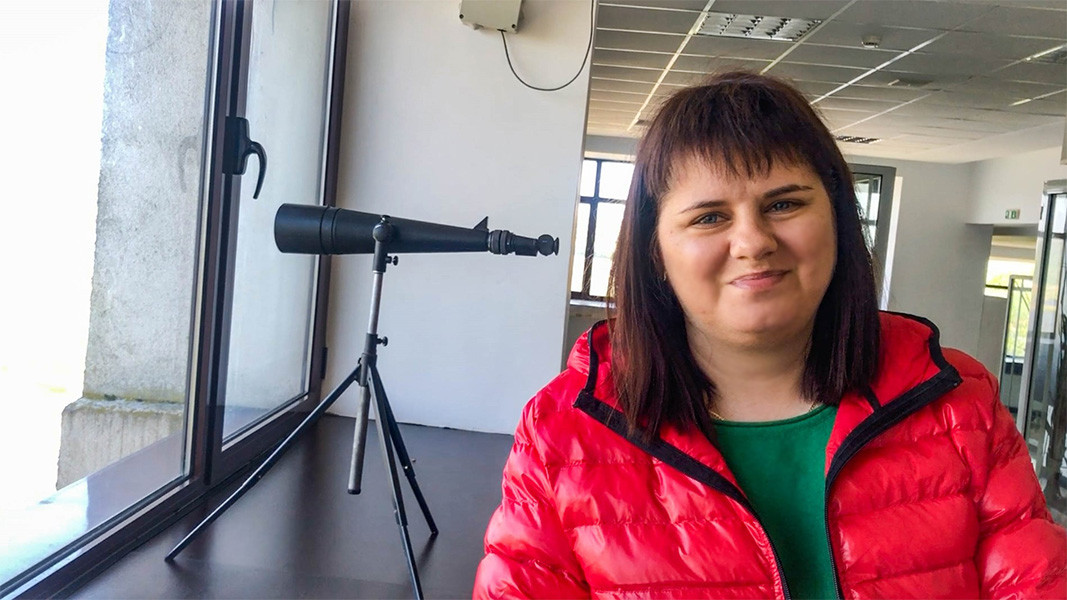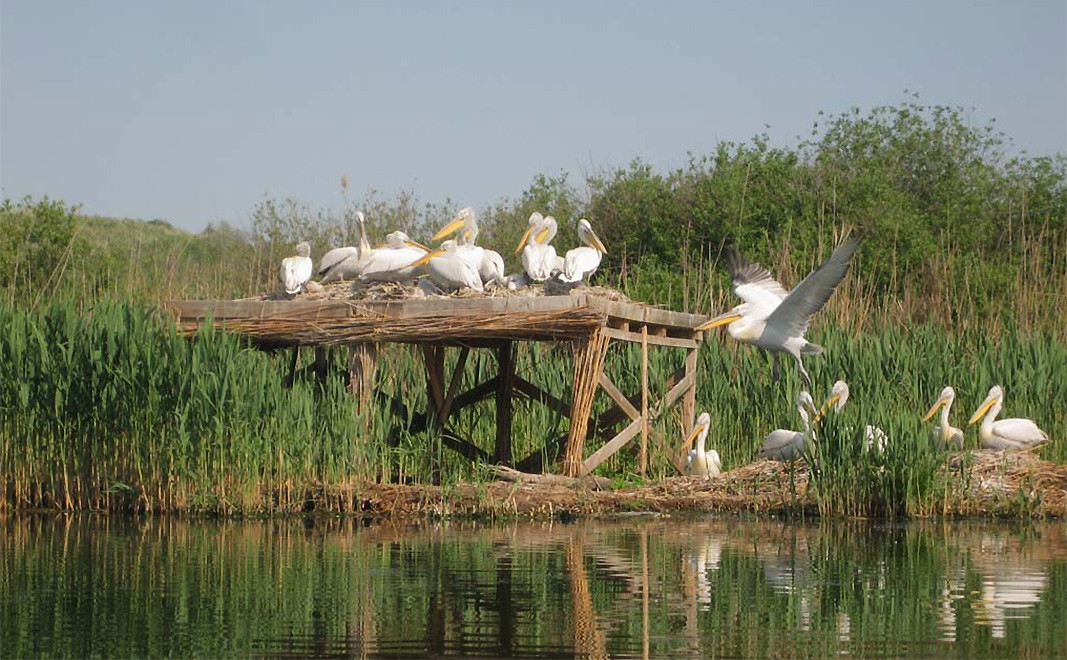We find ourselves at one edge of Bulgaria, very close to the city of Silistra, where the Danube leaves the territory of the country and continues through Romania to flow into the Black Sea. Only 17 km from the northernmost Bulgarian city, the air is crystal clear, and one’s gaze gets lost in the blue of a lake with floating reed islands, which have become home to an incredible variety of feathered inhabitants. This is Srebarna Lake - one of the most important wetlands on the Old Continent, declared a biosphere reserve by UNESCO.
People can observe the birds, but only from afar, while walking along the eco-trail that circles the water basin. For this purpose, gazebos for recreation and observation stations have been installed.

"Birds here have a wild way of life and definitely do not like human contact," says Yana Raynova, a tour guide at the Srebarna Museum of Natural History, located on the territory of the reserve, and adds:
"About 220 species of birds live here, of which 90 are nesting species. And perhaps the most valuable are the herons, because in all of Europe there are 7 species of herons, and in Srebarna there are 6 species. We have cormorants, swans, starlings... Our birds are extremely numerous. The reserve is spread over 8,500 acres and there is no way to see all the species. Human contact here is very organic.”

See the short video from our walk to Srebarna Nature Reserve and to other curious riverside corners around Silistra:
Birds can be observed from the Srebarna Natural History Museum. Special binoculars are provided to visitors for this purpose. Video cameras have been installed in certain places in the lake and thus, in real time, the life and existence of the local feathered society can be followed.
Through the binoculars we see in the distance a wooden platform with birds nesting on it. This is the local pride - the colony of curly-headed pelicans - a rare, globally endangered species:

"The king of the reserve is the curly-headed pelican”, says Yana Raynova. “Usually they come at the end of December - beginning of January and leave at the end of July, beginning of August. They are quite robust birds, they can withstand a temperature of -15 degrees. At the moment, about 30 pairs are nesting with us. And they are extremely intelligent and caring towards their young. These are monogamous birds and never leave their young pelicans unattended. Absolutely all pelicans, when they are two months old, are gathered in one group, similar to human nurseries, and 5-6 females begin to teach them to swim, fly, eat, and thus give them life experience. Because pelicans, like us humans, don't get born with life instincts, they have to acquire them."
Pink pelicans also fly in the sky over Srebarna. But unlike their round-headed cousins, they do not nest in Srebarna, but mostly in the Danube delta and in neighbouring Greece and Turkey. Therefore, when a pink pelican hatched in the reserve some time ago, for the first time in 7 decades, Yana and her colleagues were pleasantly surprised and hopeful. “The pink pelican's moss was not white like all the other hatchlings, but … pitch black. However, the whole colony accepted him and took care of him," says Yana.
The beautiful reed islands are another landmark of Srebarna Lake:
"We call them the floating islands, because the roots are not rooted in the soil at the lake bottom, but float in the water, and when the water level rises, they also rise and are moved by the force of the wind like ships. But the birds nest on these islands, which are never flooded. This is extremely important for the birds that lay their eggs," Yana Raynova explains to us.

In a small village hidden in the heart of the Devetashko Plateau, life pulses with admirable energy. Karpachevo has become a symbol of how a community, united by a shared purpose, can defy demographic decline and breathe new life into a fading region...
The panoramic platform “The Peak,” a beloved spot among tourists in the Rhodope Mountains, has been renovated. On the initiative of the “Krepostta – Mogilitsa” Tourist Association, the facility - located at 1,351 meters above sea level - was repaired..
The National Tourism Board will create a cultural tourism calendar for the country, announced Martin Zahariev, Deputy Chairman of the Board, during the "Destination Bulgaria in Focus for 2026" conference, as reported by the Bulgarian News Agency (BTA)...

+359 2 9336 661
